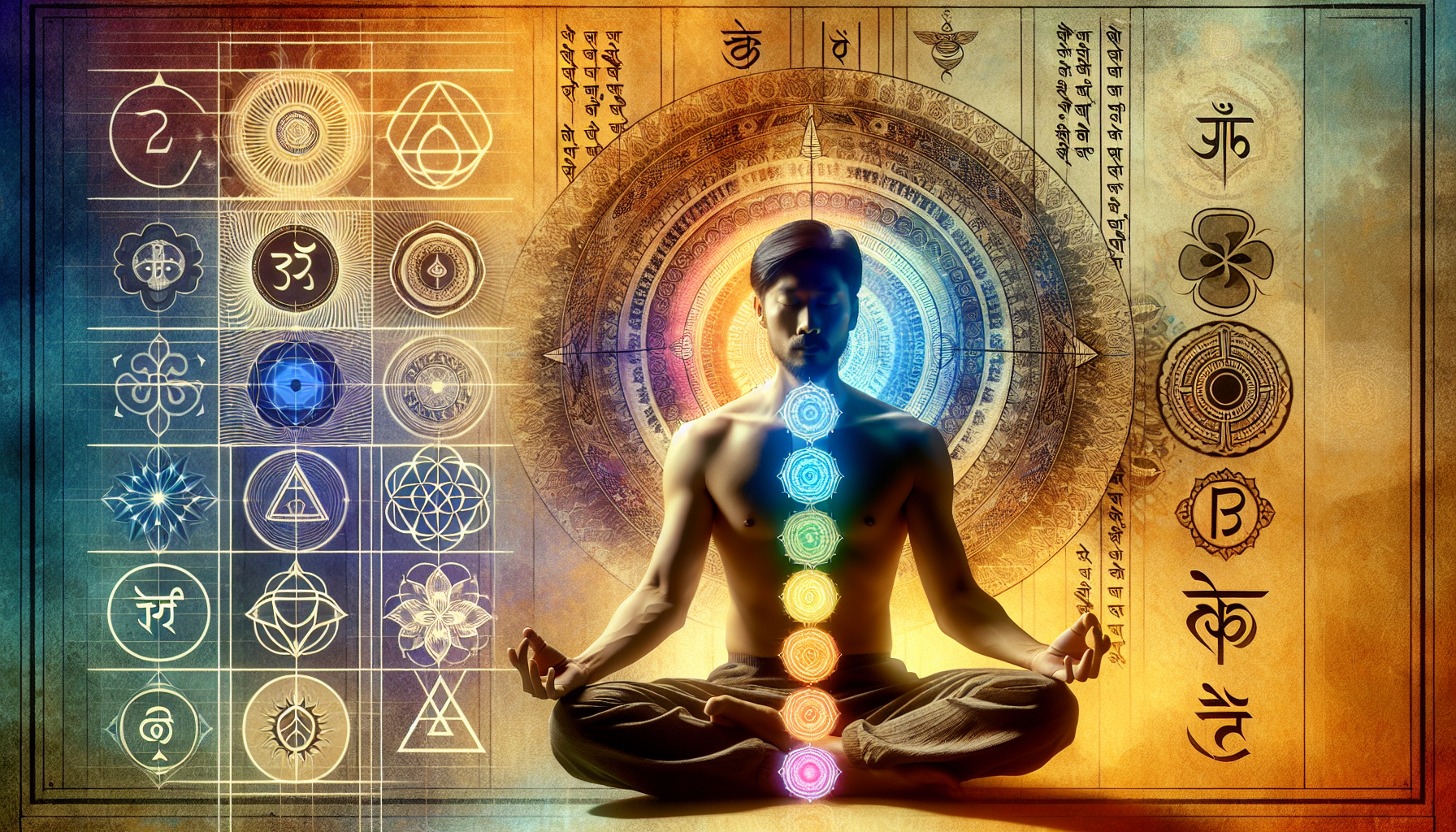Understanding Mahabharata and Sahaja Yoga
The Mahabharata, one of India’s greatest epic tales, holds deep spiritual and philosophical significance. This ancient text depicts the struggles, values, and pathways to enlightenment. Integrating teachings from the Mahabharata with Sahaja Yoga can profoundly impact modern lives.
What is Sahaja Yoga?
Sahaja Yoga is a form of meditation that promotes inner peace and self-realization. Created by Shri Mataji Nirmala Devi, this practice focuses on awakening the Kundalini energy that resides at the base of the spine. It brings a unique blend of ancient wisdom and modern meditation techniques to benefit practitioners holistically.
Mahabharata’s Teachings Applied in Sahaja Yoga
The Mahabharata emphasizes concepts such as dharma (duty), karma (action), and moksha (liberation). These principles align closely with Sahaja Yoga practices. By meditating and activating the Kundalini energy, practitioners can connect deeply with these ancient teachings, fostering a sense of purpose, action towards better living, and ultimate liberation.
Benefits of its Meditation
Incorporating Sahaja Yoga into one’s daily routine can offer numerous benefits:
- Stress Reduction: Regular practice can significantly decrease stress levels, leading to a more balanced and calm mind.
- Mental Clarity: Meditation enhances cognitive functions and improves focus and clarity in thought processes.
- Physical Health: Many practitioners report improvements in conditions such as headaches, hypertension, and chronic pain.
- Emotional Well-being: It helps in managing emotions effectively, promoting a state of consistent inner joy and peace.
How to Start Practicing Sahaja Yoga
Getting started with Sahaja Yoga is easy and accessible to everyone. Here are some steps to begin:
- Find a quiet place where you can meditate without disturbances.
- Sit comfortably with your spine straight and hands open on your lap.
- Close your eyes and focus on your breathing, gradually relaxing your body.
- Follow guided Sahaja Yoga meditation instructions to awaken the Kundalini energy.
Many communities offer Sahaja Yoga classes and resources, so reaching out to a local group can provide additional support and guidance.
Integrating Mahabharata’s Values in Modern Life
While Sahaja Yoga serves as a practical tool for self-realization, coupling it with the values taught in the Mahabharata can lead to a holistic approach to life:
- Dharma: Cultivating a sense of duty and responsibility through meditation can guide daily actions towards righteousness.
- Karma: Understanding the principle of action and consequence and applying it mindfully through meditation.
- Moksha: Achieving liberation and inner peace by practicing meditation regularly.
The Lifelong Benefits of Sahaja Yoga
Practicing Sahaja Yoga is not just a short-term solution but a lifelong journey. Many practitioners have reported lasting changes in their physical, mental, and emotional states. Embracing this form of meditation can lead to sustained peacefulness and fulfillment.



